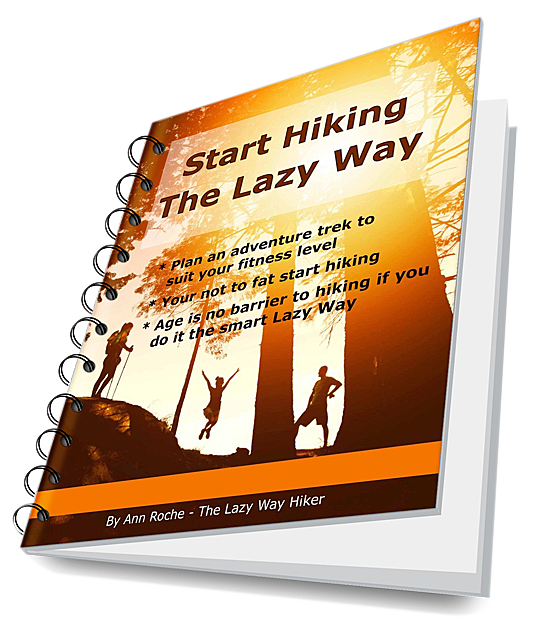No country does wildlife parks as well as Costa Rica. They manage their parks to maximise enjoyment for tourists while providing a safe and sustainable habitat for its rich abundance of mammals, birds fish and insects. Its a land where you can be assured of getting up close and personal with all manner of exotic birds and animals in their natural environment.
More...
I'm a wildlife doco addict and Costa Rica is like living in a David Attenborough film. As hikers there are lots of small 1 to 7 km day hikes to a plethora of habitats. We barely touched the sides as we toured around Puntarenas. We visited 7 parks in total, all with something different to offer.

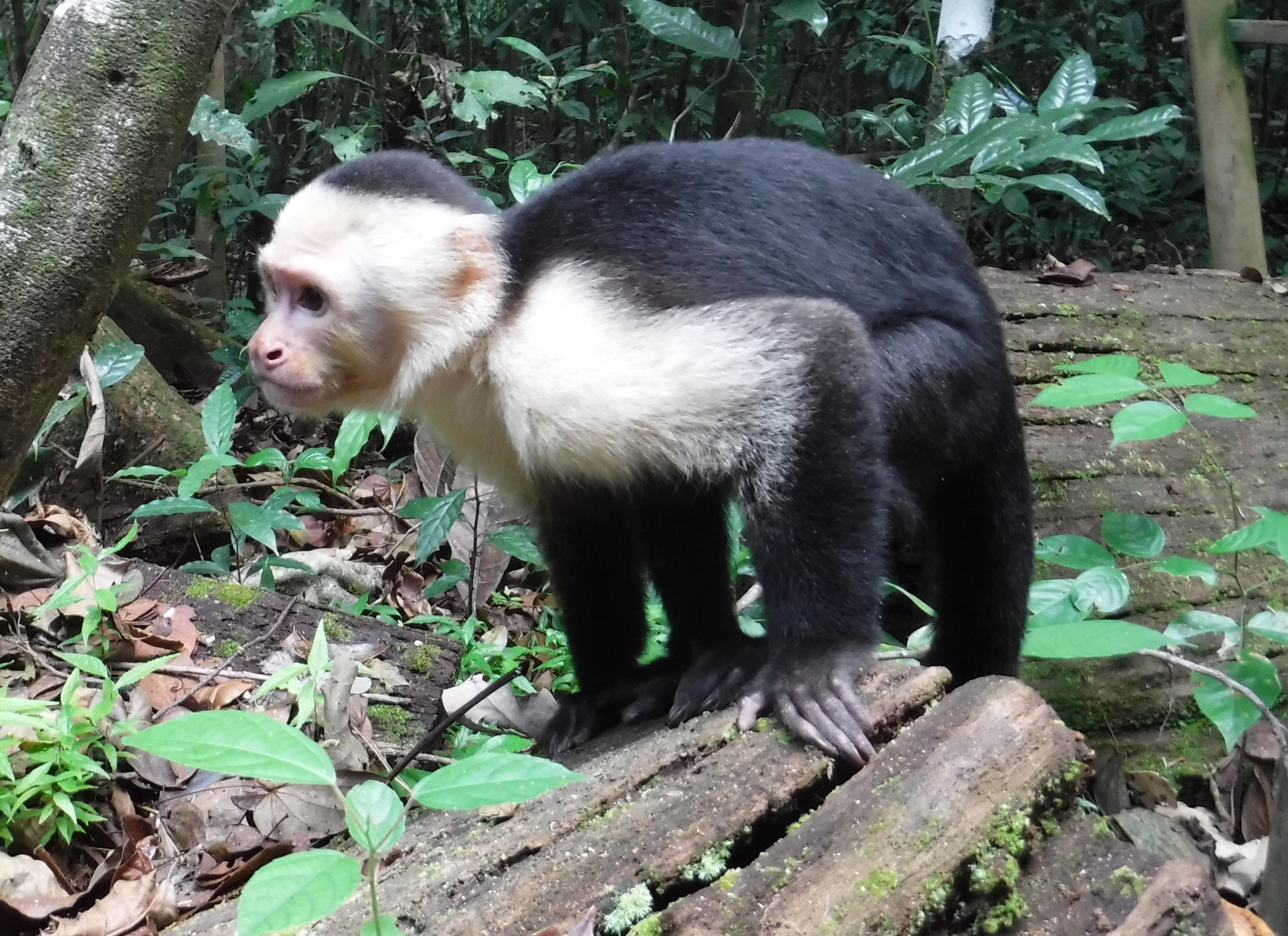
1 Manuel Antonio
Entry fee: US$16
The smallest and most frequented, Manuel Antonio Park is abundant with wildlife. I heard it described as a “zoo with no fences”. You are guaranteed to see lots of large mammals, birds and iguanas. There are about 7km of trails within the park and I strongly recommend entering early and walking as far from the gate as possible to escape the crowds. The large guided groups are inevitably noisy and send the wildlife scarpering off. The park is filled to capacity everyday within a couple of hours of opening. Get there right at 7am opening. When the allotted 600 visitors have entered you wait for one to come out before you can go in. Park policy is to allow visitors to only bring sandwiches and drinks to prevent the animals eating people food. There is a kiosk in the park that sells food, coffee etc. also.
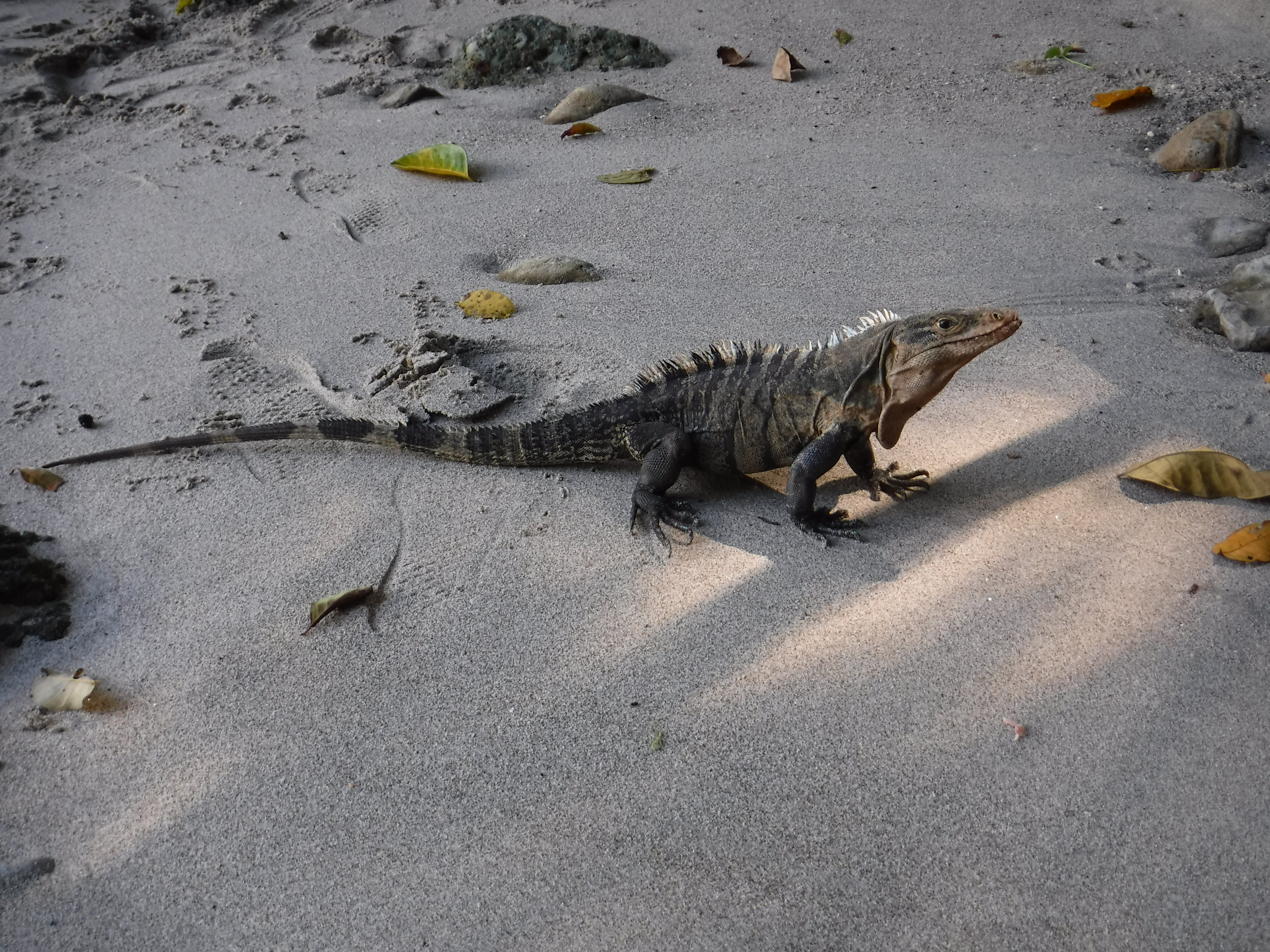
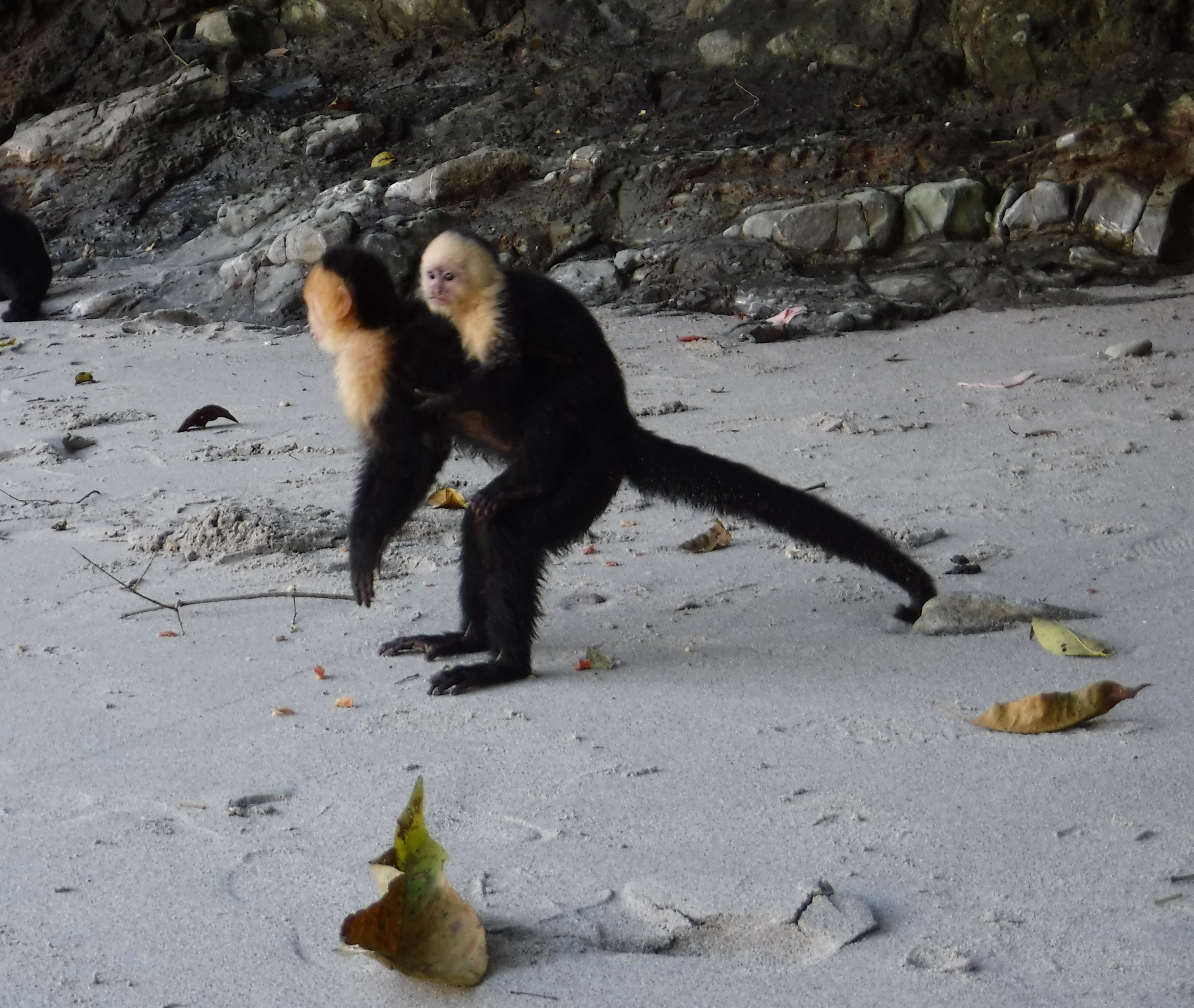
There are less crowds, and therefore more wildlife, as you walk off the main paths uphill. Most of the trails are paved aside from those along the beaches and on the peninsula. The peninsula is quieter than the beaches and the main trails. There are tons of guides offering walking tours but unless its your first visit to a tropical rainforest its not great value for money. We walked every trail in the park,without a guide, saw all sorts of animals and birds. The beaches are beautiful and busy and are frequented by iguanas, monkeys and coatis. This park is an absolute must see in Costa Rica. Get there early stay quiet and respect the feathered and furry locals.
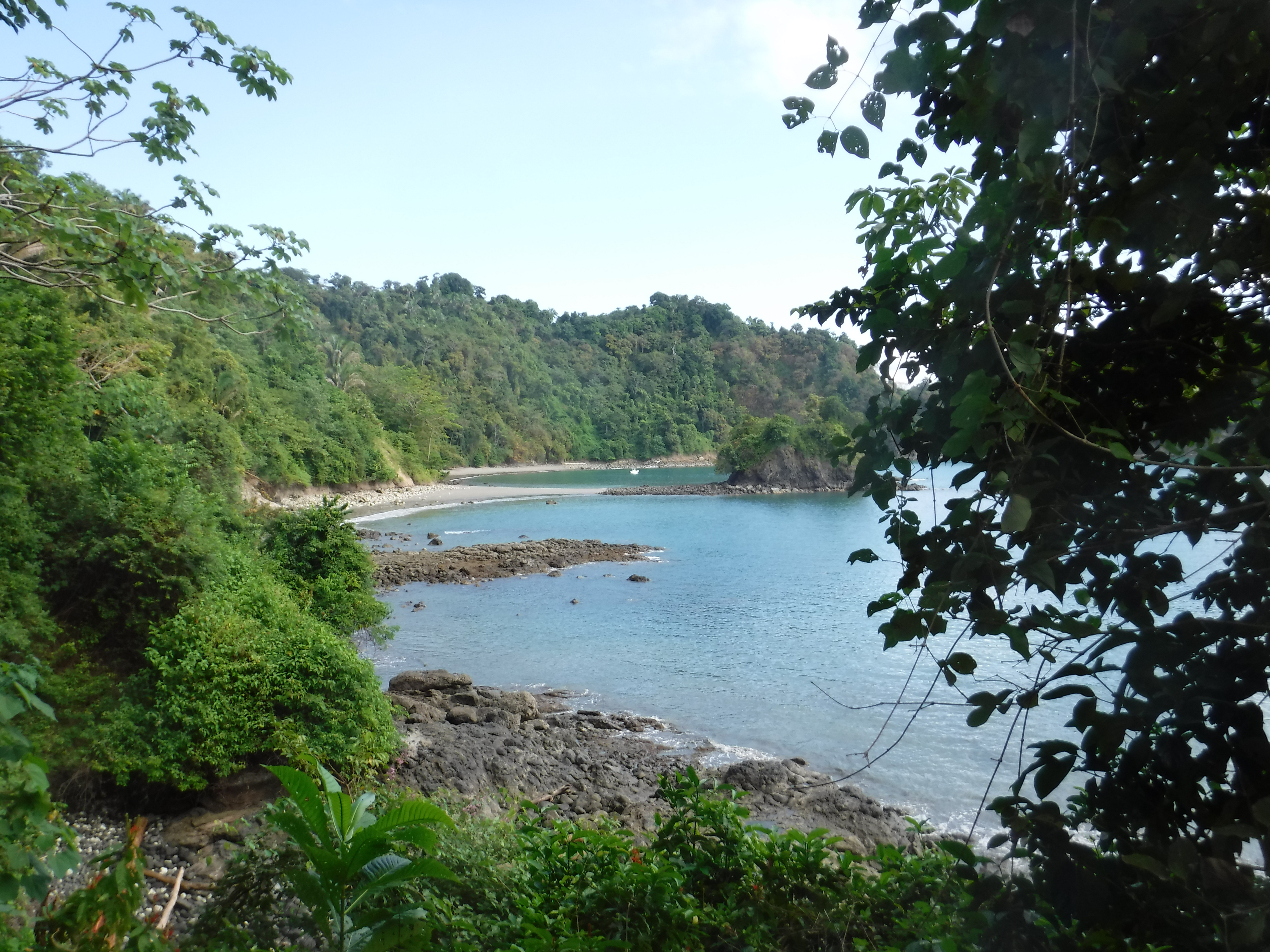
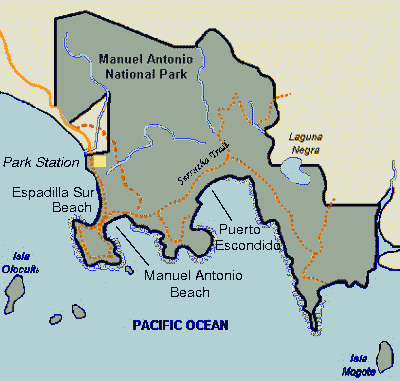
2 Rainmaker Park
Entry fee: US$20
This off the beaten track park 26km north of Manuel Antonio is a natural experience augmented with few touristic frills. It was a great alternative to Manuel Antonio as encountered very few other visitors unlike Manuel Antonio Park. We went to Rainmaker on a Monday as Manuel Antonio is closed on Mondays. The park features a ton of suspension bridges, lush rainforest and a gorgeous swimming hole under a waterfall which we had all to ourselves, secluded in the forest. There are about 5km of trails in the park with 250km of those on suspension bridges offering canopy top views. Get there early in the morning, like all parks in Costa Rica, to maximise your chances of seeing local wildlife. There is a small, simple kiosk that sells very basic food and drink and good toilet facilities. This is a conservation park so the entry fee goes back into preserving the biodiversity of the region. They have daily tours with a guide and pickup from Quepos, or you can do as we did and find your own way using the trail maps throughout the park.
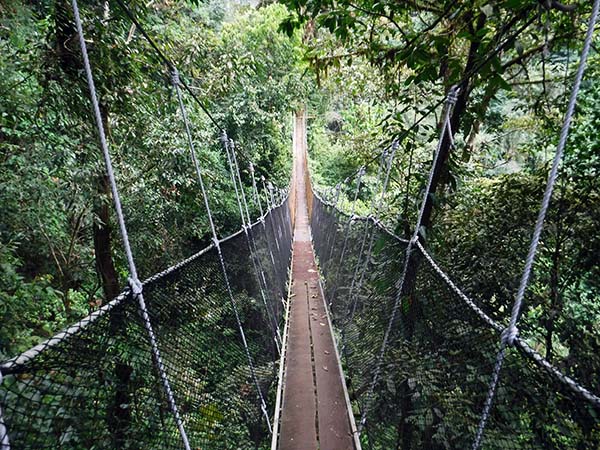
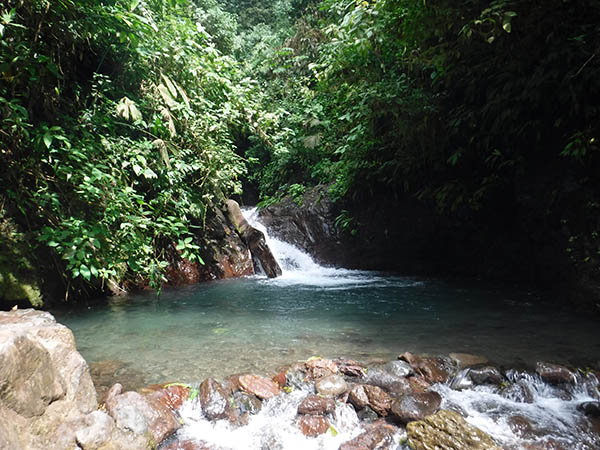
3 Monteverde Cloud Forest Biological Preserve
Entry fee: US$22 / adult
Perched on a cyclonically windy hillside where wind howls from the Pacific Ocean across to the Caribbean, this forest preserve is about 5km from the town of Santa Elena. We arrived too late in the morning and the park was full. We had a 40 minute wait for the prescribed number of people to leave the park so we could enter. The Hummingbird Café, a few metres from the park entrance, is a perfect place to wait. Hundreds of hummingbirds can be viewed up close as they wiz about the feeders on the patio. These masses of tiny aerial acrobats are composed of over a dozen different species.
Once we finally gained entry to the park proper it was a too late in the day to see much wildlife. The lookout, however, affords views of both the Pacific Ocean to the west and the Caribbean to the east. There are about 8km of walking trails with an obligatory suspension bridge, as can be found everywhere in the Costa Rican forest parks. The suspension bridges allow walkers to experience the action of the cloud forest canopy which is the business end of these forests. The vegetation and wildlife varies from the rainforests at sea level. The climate is cooler and the rainfall is higher and, of course, the wind is unrelenting. The trails wend up and around various terrains both hilly and flat. The trails are well marked but typically the only facilities are at the park entrance. It is a lightly developed park, unlike its nearby “enhanced” tourist parks that offer zip lining and ATV tours. The Cloud Forest Reserve has a great restaurant, at the entry where you can eat with a view of the forest, and small gift shop. Get there early when it first opens and prepare for changeable weather and WIND.

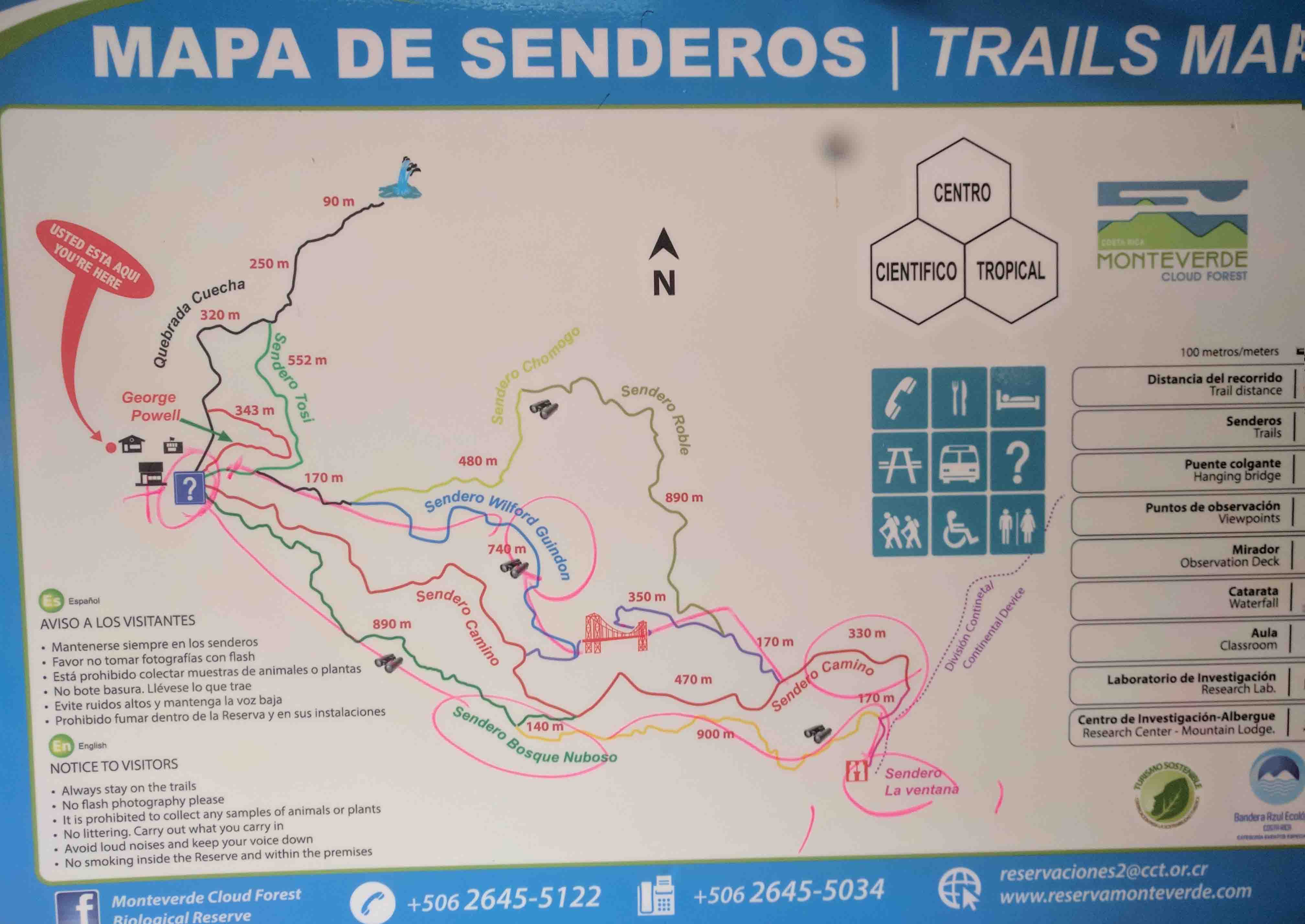
4 Selvatura Park
Entry fee: US$15 - US$120 depending on the activities you choose
Selvatura is best described as a wildlife theme park. It is conservation based but is an “enhanced” rcloud forest experience. Located 10 bumpy km from Santa Elena it’s a place where you could easily spend a full day. There is a mixed bag of activities ranging from the ubiquitous zip lining, reptile exhibit, hummingbird garden, butterfly aviary, an impressive insect display (they are all dead) and an impressive treetop walk along a succession of suspension bridges. The butterflies and reptiles are in enclosures, albeit the butterfly enclosure is huge, but this is not a zoo. The canopy walk includes a series of 8 large suspension bridges and is about 3km long. Number 4 of the 8 bridges is 157m long (515ft) and 31m high off the forest floor. Up here you are eye to eye with the 1000s of epiphytes (plants that live on trees) and the animals and birds that spend their lives in the forest canopy. There is nothing strenuous about this stroll, and stroll you must to fully absorb all the details in this bio diverse ecosystem. We were there between Christmas & New Year and the crowds were not too bad as folk spread out through the park.
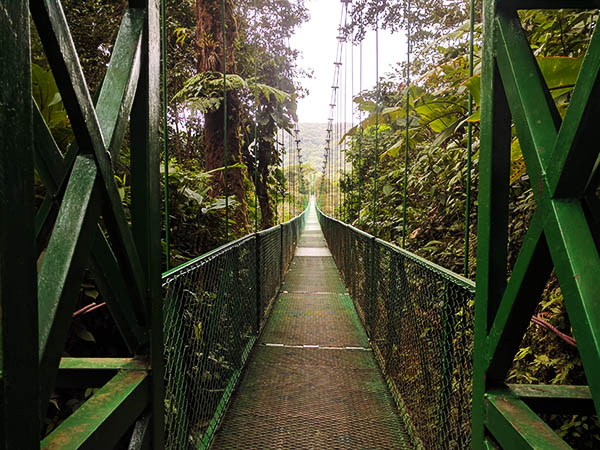
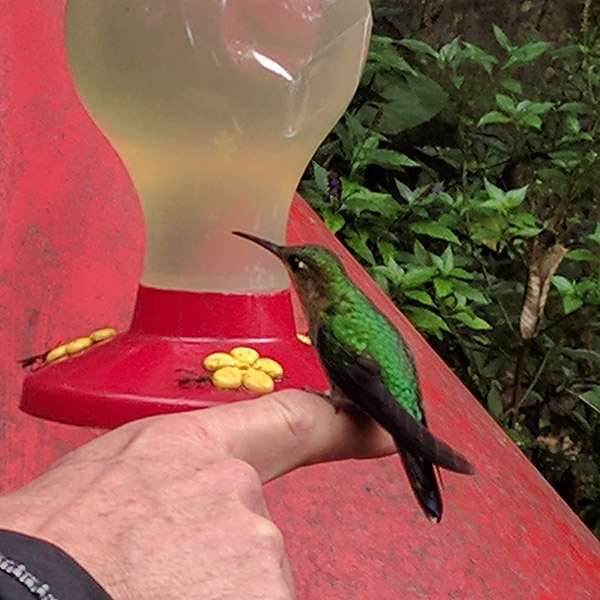
The hummingbird garden was amassed with representatives of the 14 species of hummingbirds found in this region. Feeders attracted hundreds of birds and many were willing to settle on your finger to drink. The butterfly enclosure is all aflutter with various species both large and small. The stages of development from eggs to adult can be witnesses.
The reptile display includes snakes both venomous and constrictors in large glass cases. I happen to like and respect snakes so getting up close and personal to the likes of the Fer de Lance, Eyelash Viper and Rattle Snake was fascinating. Having grown up in Australia with multitudes of snakes, appreciating their South American relations was a novelty. There were also frogs including the poison dart frogs.

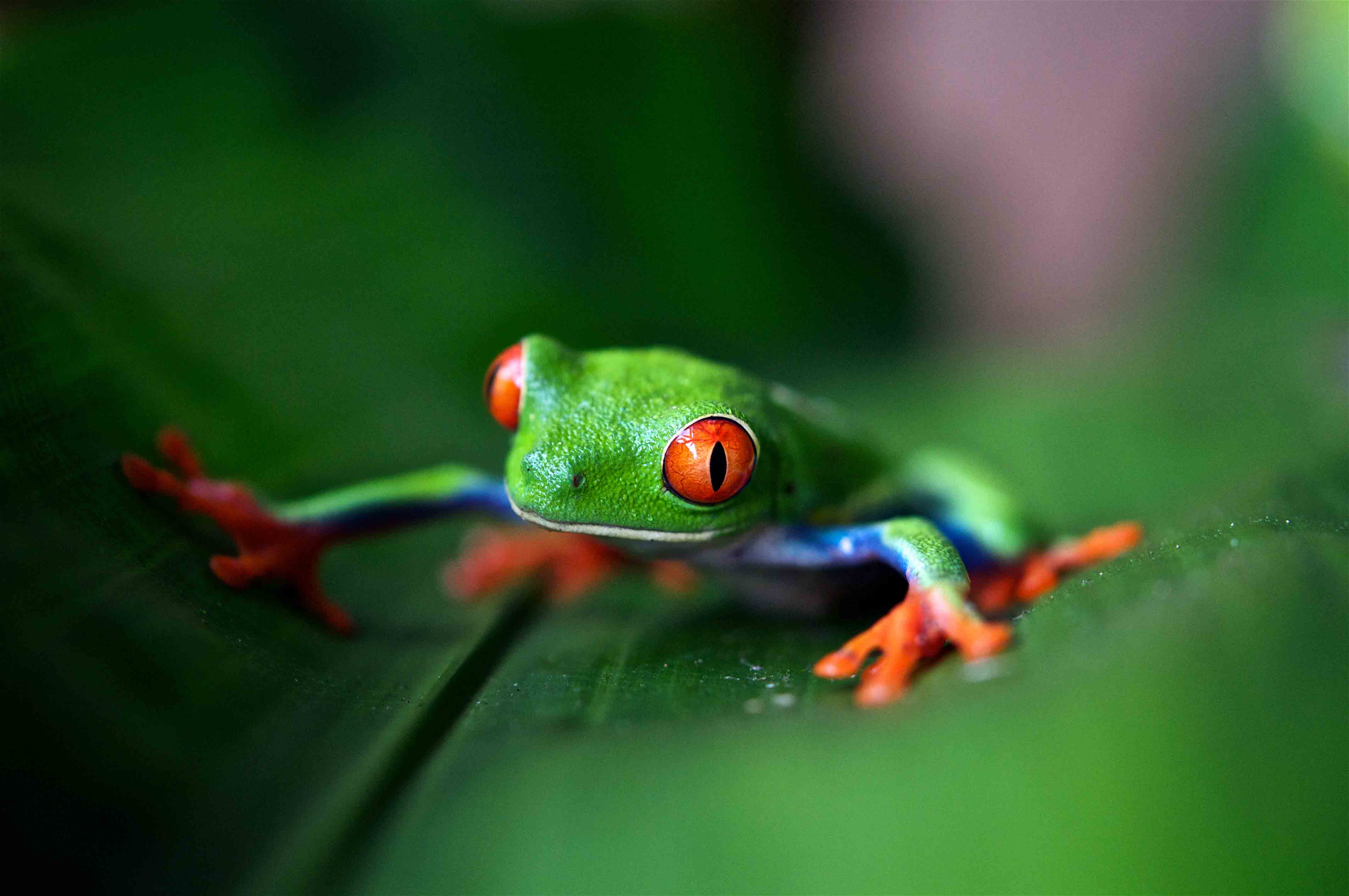
If you are a budding entomologist the insect display at Selvatura is the third largest private collection in the world. Dr. Richard Whitten amassed this huge and beautiful exhibit over decades with bugs and butterflies from all over the world. Although dead bugs aren’t as interesting as the living version this display is impressive in its over 1,000,000 specimens collected over his lifetime. They are arranged artistically if you can see beyond the macabre aspect of dead animals pinned to 2D & 3D displays. The reptiles and insects are all under the supervision of a guide.
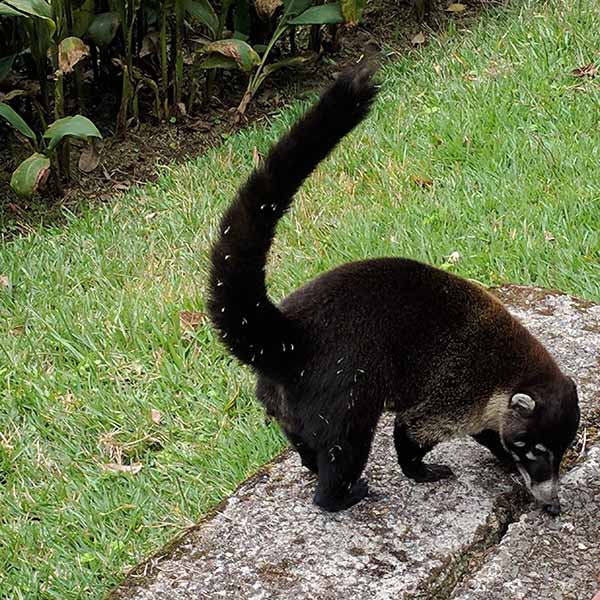

5 Arenal Volcano National Park
Entry fee: US$16
This park has 2 walks, one to the volcano base and one to the edge of Lake Arenal.
Despite this walk being to a volcano it is almost entirely flat. Due to the unpredictable eruptions from this very much active volcano, there is no hiking within a very large radius of the business end of this volcanic time bomb. The hike takes you to a vantage point to view the iconic, perfect conical mountain. It’s an easy 3km circular walk first through overgrown sugar cane fields then into the forest which has regrown since the last eruption. Take the right at the fork to walk a short steep section to hopefully get a clear view of the peak. After the obligatory snap shots ascend and take a left turn into the old growth forest. There is a huge fig tree half way along as well as birds, peccary (small native pig), agoutis and a large family of coatis crossed the path in comical style. Quiet is the usual strategy for encounters with the critters of Costa Rica.
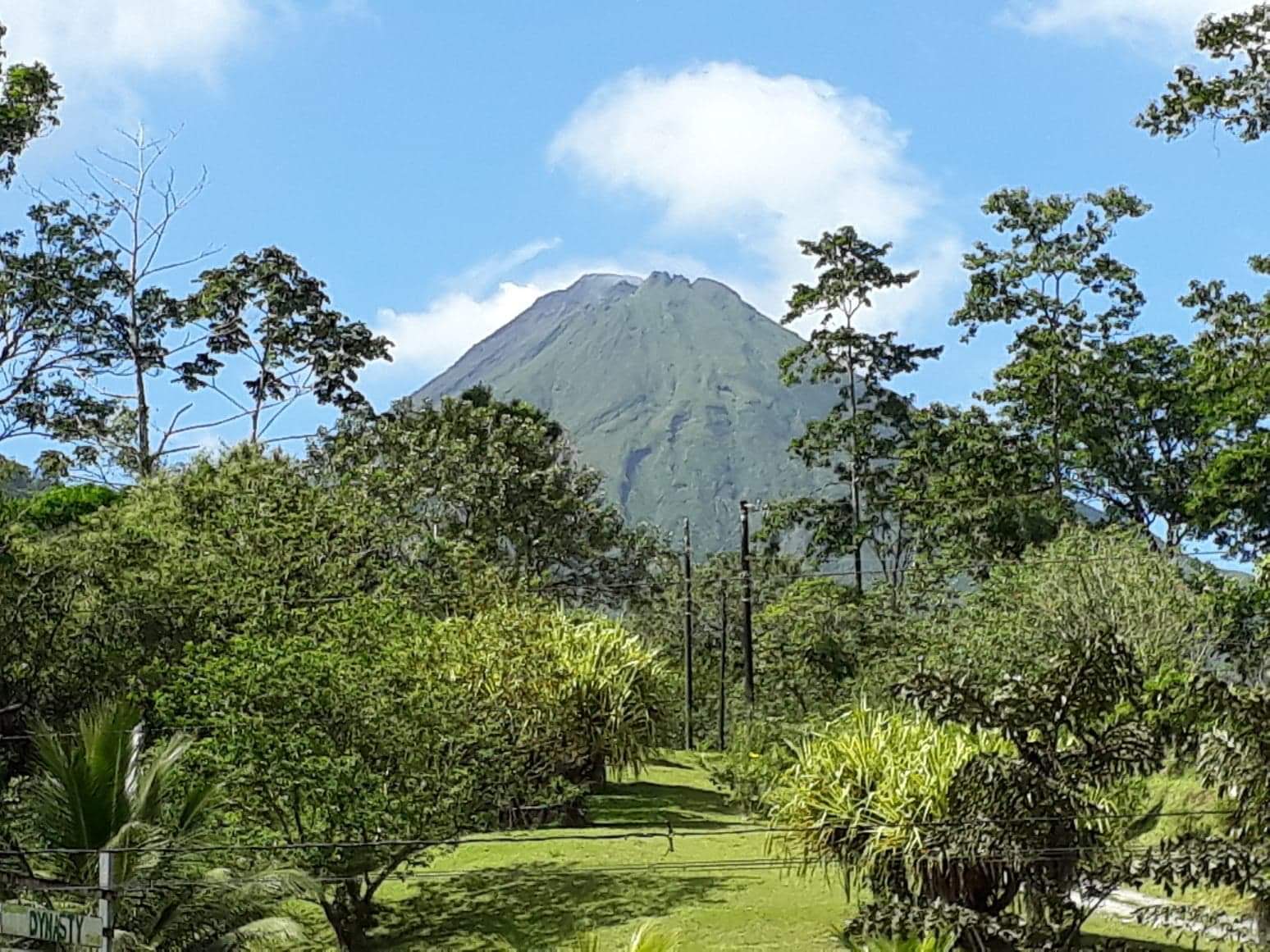
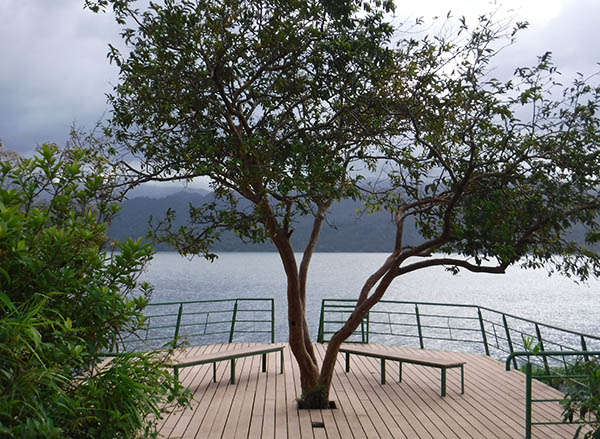
The other walk is a 5km bone jarring drive from the volcano gate up to the main park office. The entry fee covers both areas. This is a short 1.5km walk along a paved pathway to the edge of Lake Arenal. Parrots squawked above and leaf cutter ants scurried across the path carrying their cargo in single file. The platform at the lake edge affords wide views around the lake. Take the road back to the dam wall; yes the lake is actually a dam, as the road is slightly less potholed.
The entrance to the Arenal Volcano National Park is about 10km north of La Fortuna. Turn left at the disused police station onto a brutal dirt road for 5km and the park gate, where you can buy your entry, is on the left. The main office is up a turnoff to the right. Go left first. If you are coming from Tabacon turn immediately right on the far side of the dam wall and follow the road to the park office.
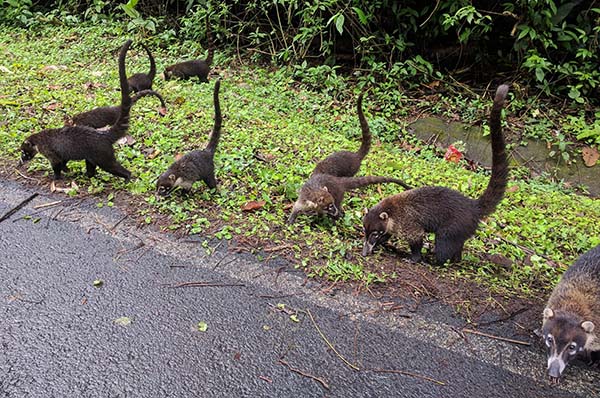
6 Bogarin Trail
Entry fee: US$10 / adult
This small private park is located right in the middle of the township of La Fortuna. It was easily one of my favourite places in Costa Rica. It is owned and operated by 3 brothers and is a small park chock with wildlife. There are only about 2.5km of trails total to walk but we saw about 4 sloths plus a baby, a toucan, agoutis, a green iguana and multitudes of small, brightly coloured birds. Because the birds are fed fresh fruit throughout the day they gather by the entrance for all but the hottest parts of the day. We arrived late in the morning and returned late in the afternoon at no extra charge. The owners are there to offer a personal touch to the experience chatting about the birds and animals as if they were family. They are familiar with the comings and goings of the various critters and share their enthusiasm for their care and conservation. Guided tours are offered which in this case might be worthwhile as they are so familiar with where all the inhabitants are from day to day. They carry excellent scopes to see and photograph the canopy critters. There is another sloth park next door and the animals move freely between. They boast nearly 40 sloths in the park as well as monkeys, agoutis, monkeys, frogs and numerous birds. It’s a great place for birders.
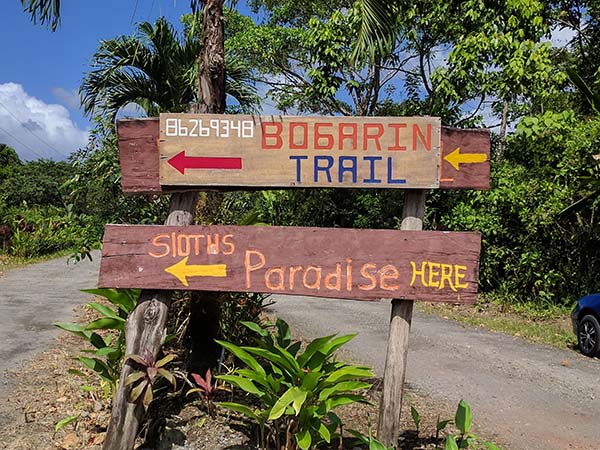
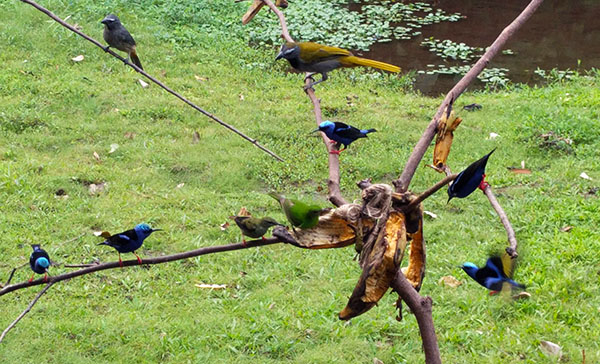
7 La Fortuna Falls
Entry fee: US$18
It’s a quad punishing 540 steps from the parking lot down to the base of the falls and swimming hole. The falls are a spectacular 70m straight drop to a turbid swirling pool at the bottom. We opted for more sedate pool a few metres downstream to take a bracing dip with the resident fish. The stairs and paths are both attractive and safe. The infrastructure is the initiative of the La Fortuna municipality and is run as a non profit. There is a perched restaurant / café and a couple of gift shops. Its a great way to spend a few hours in the heat of the day. Its only 6 km from downtown La Fortuna. Although it doesn't tout itself as a wildlife park, we saw howler monkeys above the restaurant and they have an impressive orchid garden trail.
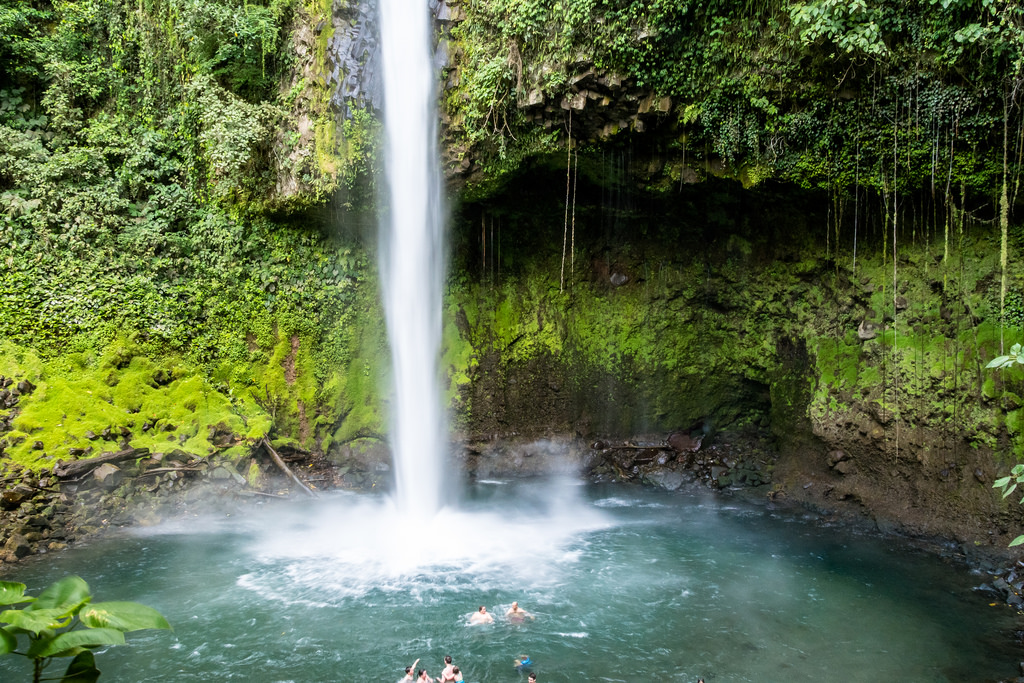
Costa Rica is a world leader in wildlife habitat management to maintain wild places principally for the native animals and plants and so tourists can continue to enjoy them. For this reason, parks charge an entry fee and limits tourist numbers. The government does not want to have its tourist industry destroy the very thing tourist come to enjoy. It is a privilege to be so up close and personal with the wildlife and one can only respect the desire not to love it to death. It is a wildlife enthusiast's mecca with a constant balance to ensure it stays that way.
Aside from wildlife viewing there are tons of activities for visitors in this stunningly beautiful, varies and safe little country. Go see for yourself and hand over the entry fees in good conscience.









